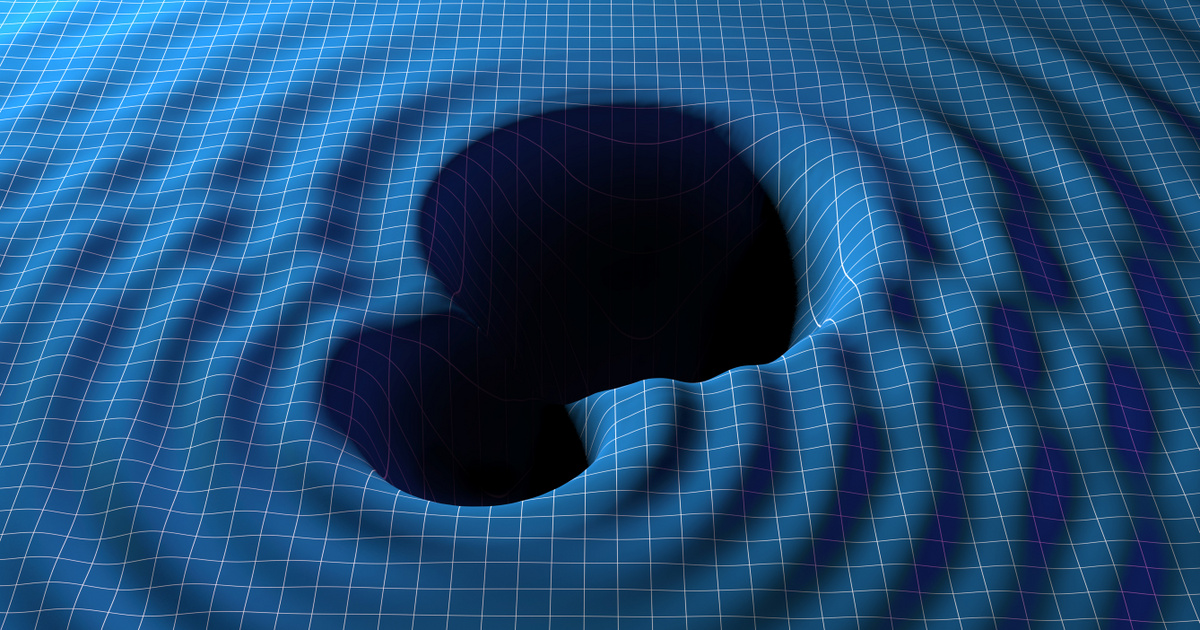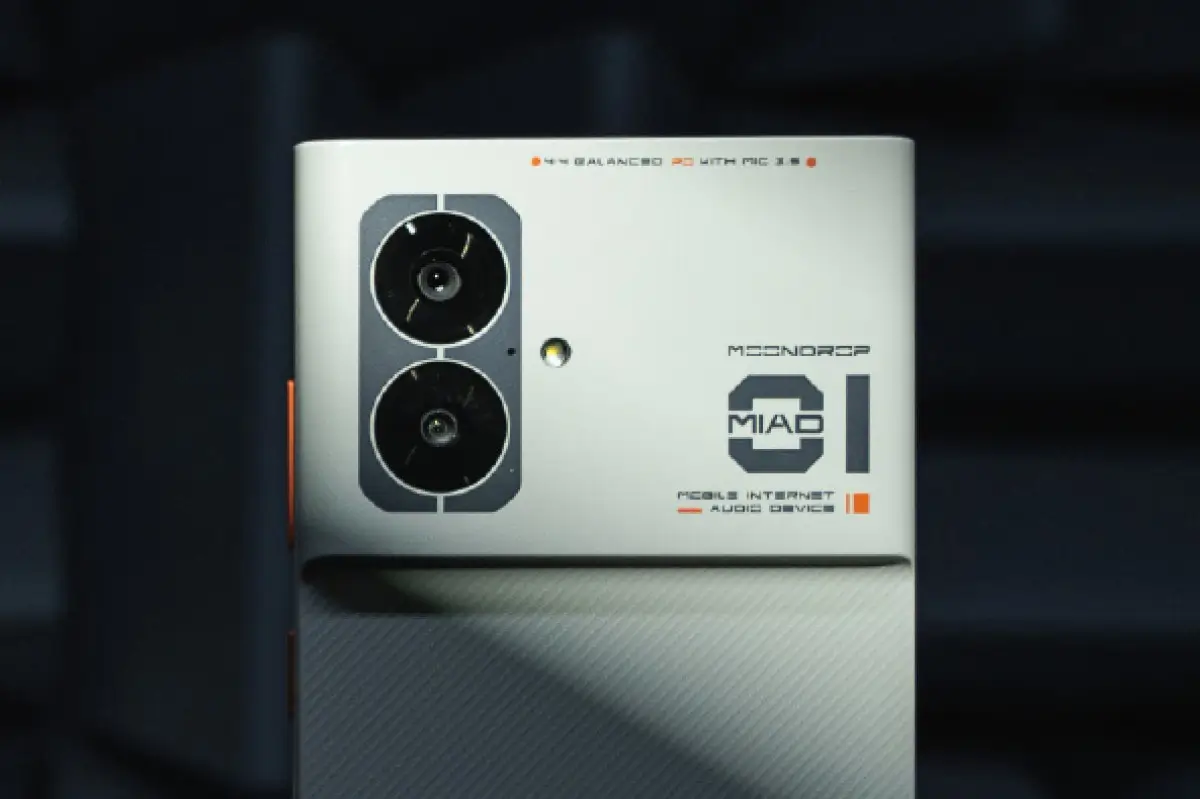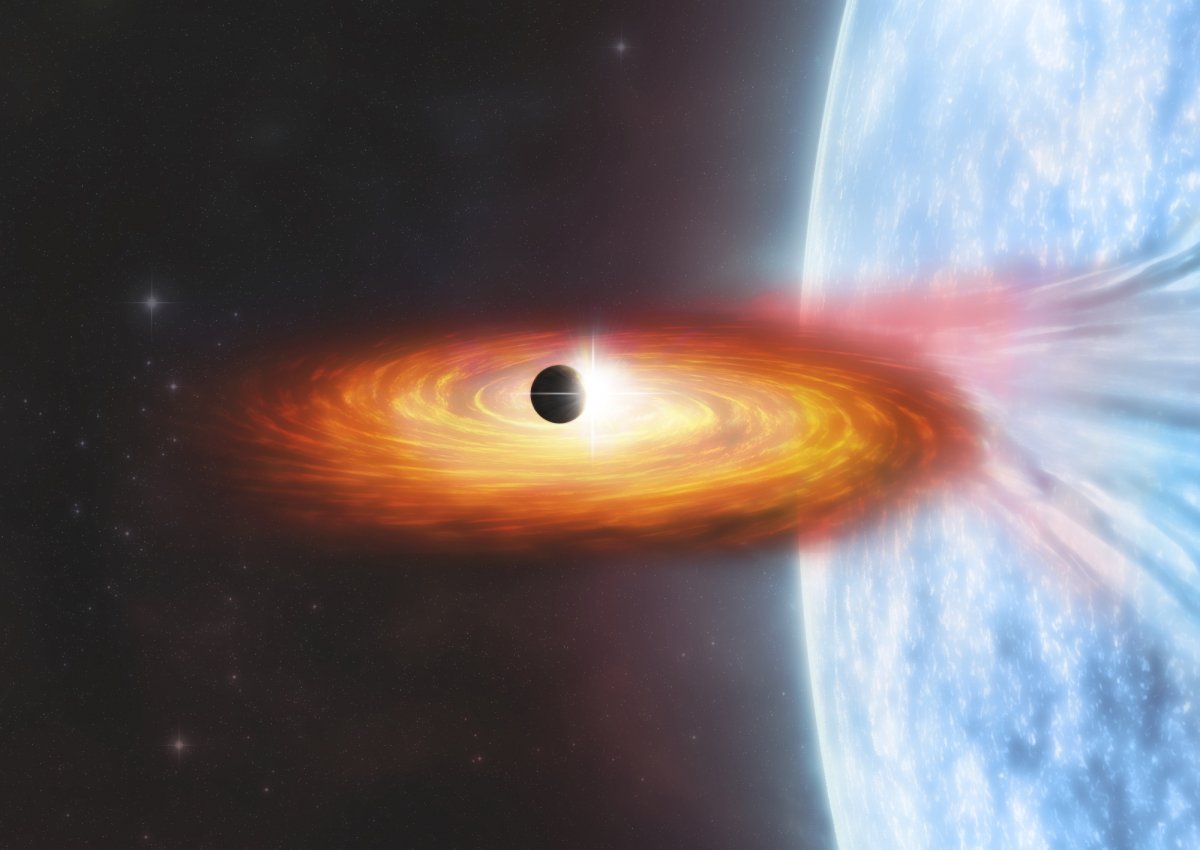For a long time, it only existed in the realm of science fiction
By the acronym or extrasolar, we call exoplanets the dark celestial bodies that orbit other stars outside the solar system. It took nearly four hundred years from the dawn of telescope astronomy to identify the first exoplanet.
In the universe, even between stars that make up the same galaxy, the distances are so unbearable that for a long time, even with the largest telescopes, only giant stars closest to us or farther away, but with huge solar masses of several hundred times, can be seen as bright spots.
To visualize cosmic distances:
If we reduce the Earth to an orange ball the size of, in this model, the moon the size of a ping-pong revolves around the Earth at a height of 3.8 meters, but to reach the sun we have to walk fifteen kilometers.

In this miniature system, the star closest to us, Alfa Centauri C at 4.22 light-years away, is already as far away as the actual distance between Earth and the Moon, or roughly 400,000 kilometers. So it is no coincidence that until the era of space telescopes, exoplanets existed only in the realm of science fiction, until the early 1990s, when the first exoplanets were discovered.

As of February 2012, science already knows 760 exoplanets and 609 planetary systems within the galaxy. Thanks to constantly developing detection technologies and giant telescopes with increasing accuracy, NASA data in August 2021 (NASA Archives of Exoplanets) has already classified 4,512 exoplanets, the number of which is constantly increasing.

It has been proven that the solar system is by no means a unique planetary oasis in our galaxy, and it is likely that it is inhabited by countless planetary systems like ours.
Inside the Milky Way, an exoplanet farthest from us has been discovered yet about 3,000 light-years away.
However, until now, the existence of exoplanets in distant galaxies was based on the same theoretical assumptions as those of “home”, that is, exoplanets within the Milky Way, which became certain until the 1990s.
Three galaxies outside the solar system have also been combed for exoplanets
According to an exciting discovery published in Nature Astronomy, NASA’s Chandra X-ray Observatory has found traces of an extraterrestrial exoplanet in the constellation Canis Venatici, a spiral galaxy M 51 located about 28 million light-years away.

Due to its distinctive appearance, the M 51 extragalaxis is also referred to as the Vortex Galaxy by astrophysicists as well as art-loving astronomers, which is indeed beautifully shown by an amateur telescope with a 15-20 cm diameter mirror. “We are trying to open up a whole new arena for finding other worlds by looking for planetary candidates in X-ray waves. This strategy will allow us to explore exoplanets in other galaxies,” said Roseanne Di Stefano of the Harvard and Smithsonian Center for Astrophysics. (Cambridge) is a co-author on the study.

Using the so-called X-ray method, Di Stefano and colleagues searched for exoplanet traces in three galaxies outside the Milky Way, using Chandra and the European Space Agency’s XMM-Newton Space Telescope. The research covered 55 extragalactic systems in M 51, 64 in the “Pinwheel” galaxy, the M 101 galaxy, and 119 other systems in the M 104 “Sombrero” galaxy.

However, research covering three star cities led to only one exoplanet candidate in the M 51-ULS-1 system. The study of exoplanets within the Milky Way has so far been studied using terrestrial and space telescopes mainly in the field of optical light and other electromagnetic radiation visible to humans. Detecting exoplanets is a particularly difficult scientific task due to the vast distance and small mass of the planets, as well as the strong light of their parent stars.

However, a number of effective methods have been developed to identify exoplanets, which have in common that they focus on gravitational anomalies in optical light, spectra, and motion of stars. Instead, Di Stefano and colleagues were now looking for double the intensity of the X-rays from the X-ray-emitting paired systems. So-called binary X-ray systems are binary stars that have either a neutron star or a black hole as a single star.

A super-dense neutron star, and therefore a very strong gravitational pull, or a black hole, like a deadly parasite, sucks matter out of its natural pair of stars. The ‘suction’ material near a neutron star or black hole’s black horizon gets hot and emits x-rays.

All this makes it easier to detect the transit, since the planet may temporarily disappear completely from X-rays.
Maybe his past was terrible, the future that awaits him could be terrible
The new method allows for the detection of exoplanets from a much greater distance compared to current optical transit studies. In the M51-ULS-1 double system, a “normal” star associated with a neutron star or black hole is measured as a celestial body twenty times the mass of the Sun. Chandra’s measurements show that the x-rays lasted about three hours, then dropped to zero.

From the measurement results, the researchers concluded that the candidate exoplanet of the M51-ULS-1 system might be roughly the size of Saturn, which orbits about twice the distance from the neutron star, or the event horizon of another black hole in the system. As does Saturn from the Sun.

This fact makes the planet, which is 28 million light-years away, a very dangerous place. The planet has had to endure horrific ordeals in the past, but it is likely that it will continue to do so in the future.
Exoplanet M51-ULS-1 must have survived a supernova explosion,
From which the neutron star or black hole of the binary system was formed. It is very likely that another companion star with a mass twenty times the mass of the Sun, according to the laws of stellar evolution, will also disappear in a supernova explosion, which will drown out the planet orbiting it with extremely high lethal doses of radiation.

But it is easily possible that before this happens, the terrible gravitational force will melt into the neutron star or “sniff” the unfortunate planet beyond the black horizon. However, for the future, none of the scenarios look very reassuring for M51-ULS-1 exoplanet. The researchers stress that while more measurements are needed to confirm the discovery, the new method opens a window for discovering exoplanets hidden in distant galaxies.

Scientists will also search the Chandra and XMM-Newton archives for additional candidate exoplanets in other galaxies. Significant Chandra datasets are available for at least 20 galaxies, including some stellar cities such as M 31 and M 33, which are much closer to M 51, allowing shorter lanes to be detected. Another interesting area of research is the search for the X-ray corridor in the X-ray sources of the Milky Way to discover new nearby planets in unusual environments.
used source:
NASA Extrasolar System, First Evidence of a Planet Outside Our Galaxy










































